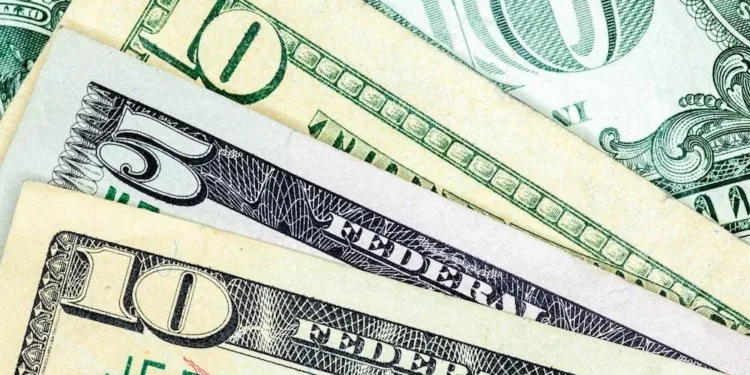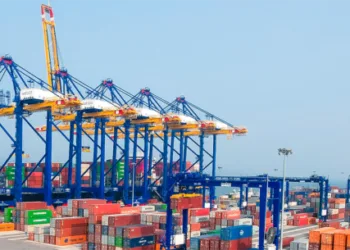The dollar’s wobble exposes shipping’s one-currency weakness, writes Andrew Craig-Bennett.
As we all know, to generate a really big shipping crash, you must start with a banking crash. If the banks are having difficulty with that mundane banking operation, trade credit, things must be properly bad, but when they do get that bad, no letter of credit for an export cargo means no cargo for the shipowner, and we all fall off a cliff. See, for illustration, the Asian financial crisis of 1997, the subprime or Lehman Brothers smash of 2008, or for that matter the Overend Gurney smash of 1866. Whilst we blame the overbuilding of large tankers for the 10 years of misery from 1976 to 1986, this was also associated with the 1973-75 financial shock brought on by the Vietnam War, the Nixon shock, and the oil price shock of 1973. Bank smash equals shipping smash.
I am just old enough, with 50 years in this business, to remember charter parties in yen, in won, in pre-Brembridge (no Currency Board) Hong Kong dollars, in Deutsche Marks and even in sterling, but I don’t remember any in anything other than US dollars for the last forty years.
We have tied ourselves to a single unit of currency, the overseas US dollar, and it has served us very well. We finance our ships, we buy our fuel, we pay our crews, we buy our insurance and, if possible, we buy everything else in United States dollars. This means that all our transactions pass through New York, however fleetingly, but since most of us, the dark fleet always excepted, are not doing anything that might involve a breach of US sanctions, we don’t mind that. We are a shining example to the planet of the advantages of eliminating currency variation in business. It’s another efficiency that we can be proud of.
You have spotted where I am going with this. The US dollar has lost 10% of its value, against a basket of other money, over the last year, and the president of the country that prints the stuff has said that he is not interested in keeping the value of the dollar high.
We don’t really live in a dollar world, if we look at our inputs. Fuel and perhaps lubricants may really be in dollars, because the US really does export oil, but our other inputs are not. Our crews’ wives, parents, children and girlfriends don’t live in a dollar world. No parts of our ships are made in the US. Our stores and spares don’t come from the US. Our ships are not repaired in the US.
(OK, I tried that, once. In 1985. The ‘once’ in that sentence has the same value as it has in the shipbroker’s polite bad reference – “I fixed with him once”. Fourteen trades to mend a bent cell guide. But I got to travel on a PanAm 747. It wasn’t very good.)
Yes, some of our P&I claims – perhaps indeed a disproportionate number of them – are made in the US and in dollars, but most of them are not.
We don’t really live in a dollar universe, and our earnings have dropped by 10% in the last year. We just haven’t noticed it, though our crews’ dependents are starting to.
There is no longer a tiny cloud on the horizon. Other central banks are less willing to hold US dollars. If the US puts tariffs on imports, other nations become less willing to trade with the US and see less need to keep their currencies aligned with the US dollar.
We are not by any means getting warnings of a tropical revolving storm anywhere near our intended track, but it might be as well to take a look round on deck, tidy up, and check lashings.




















